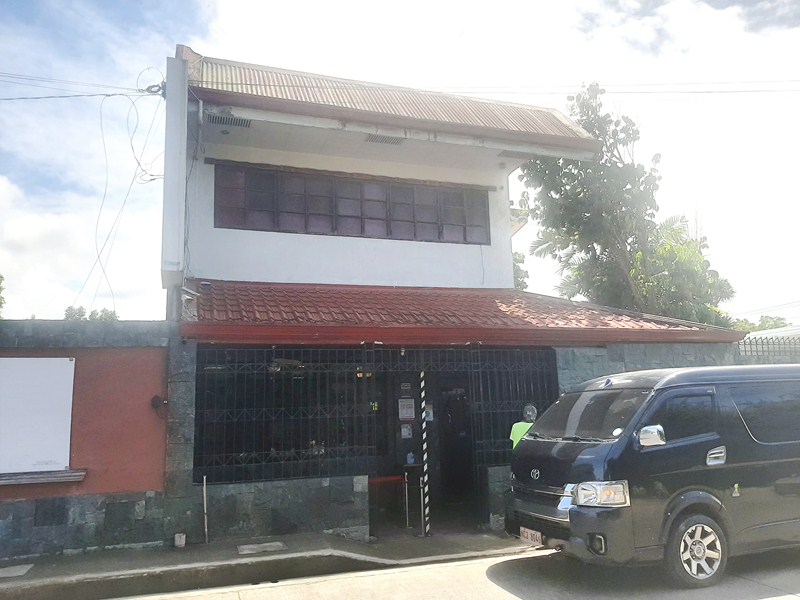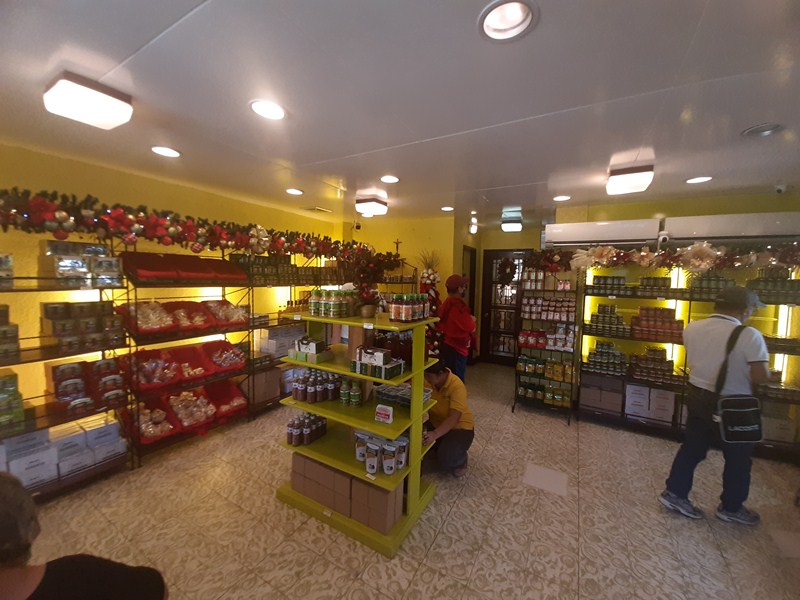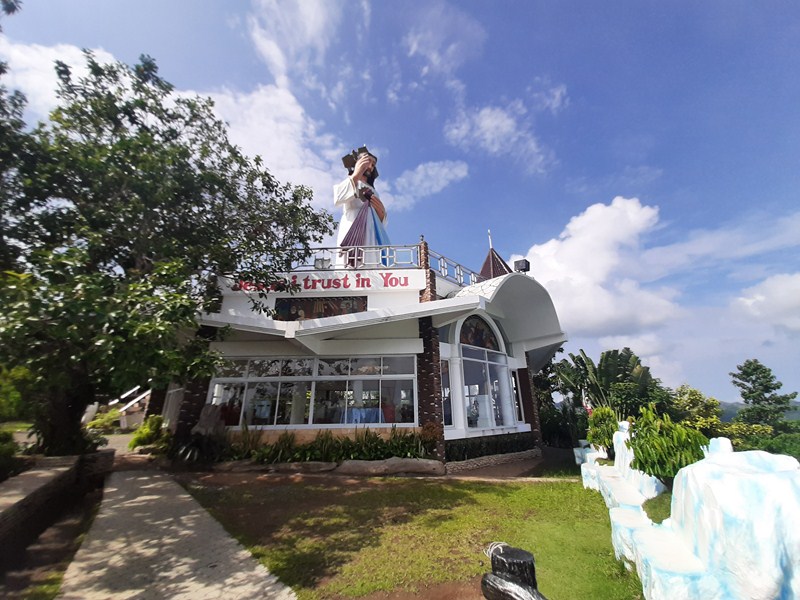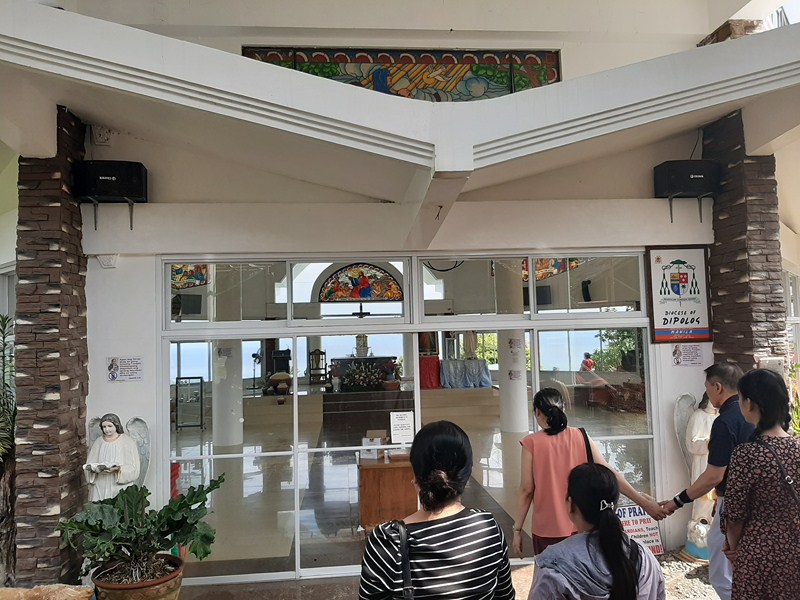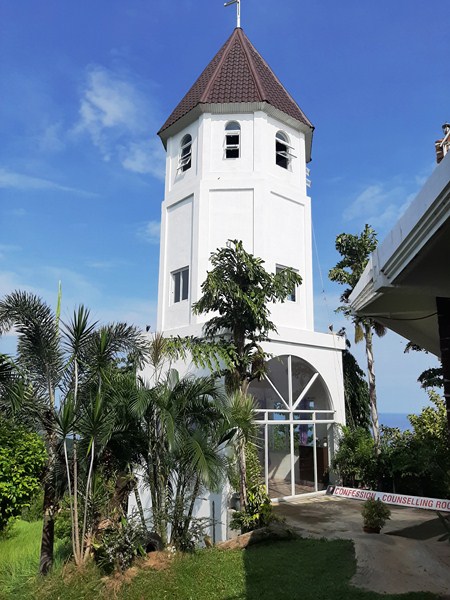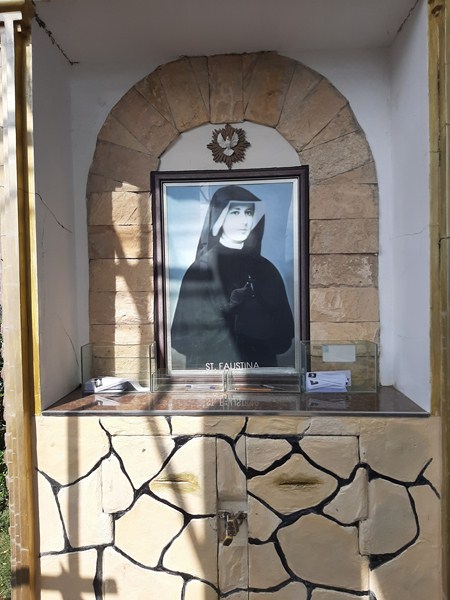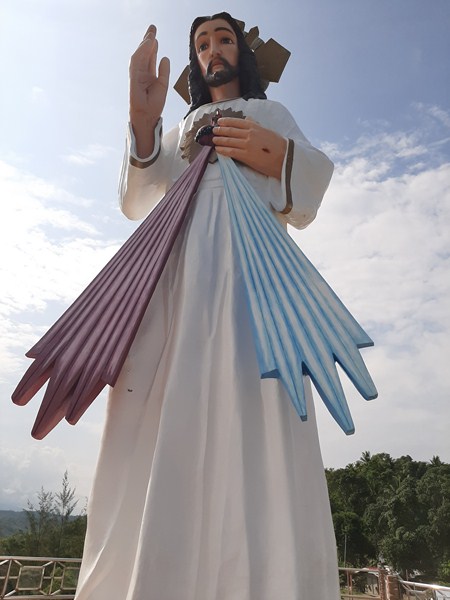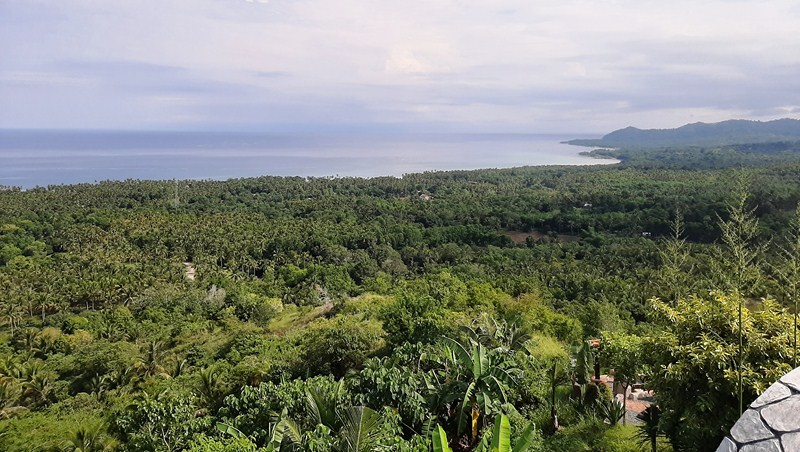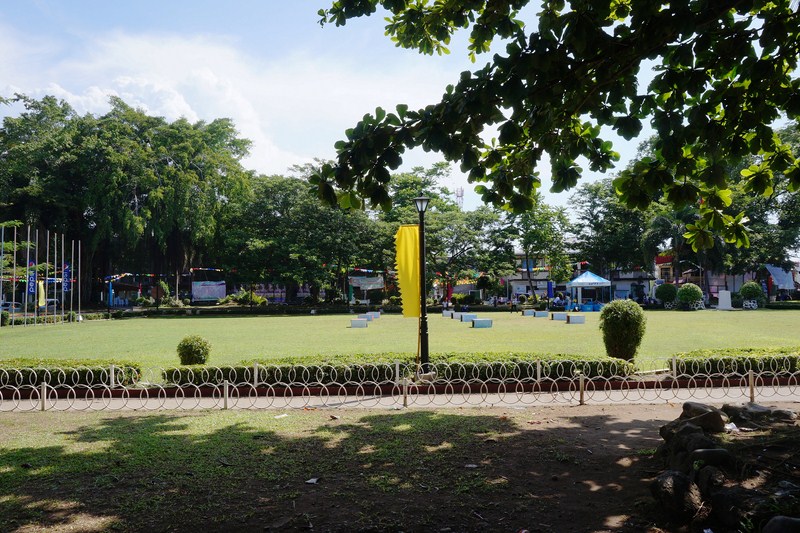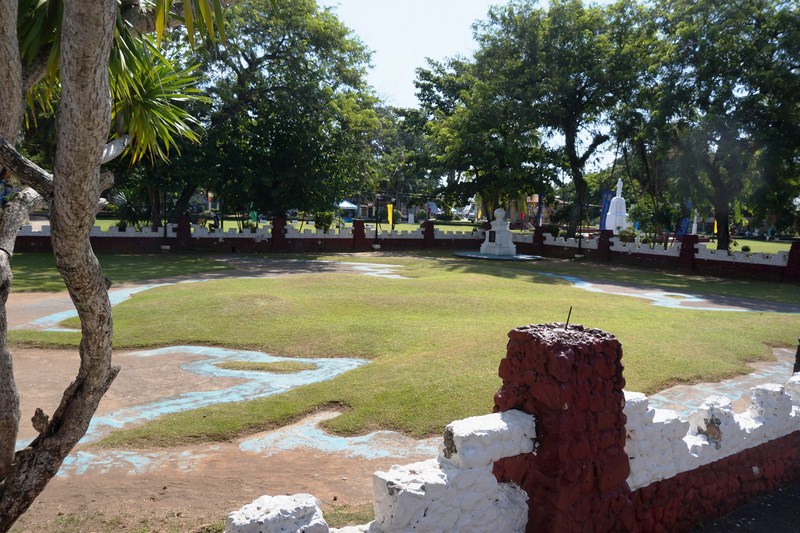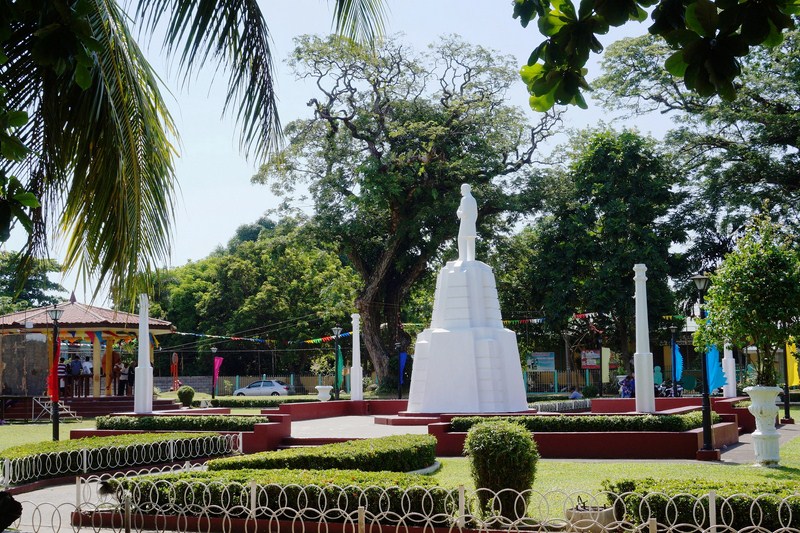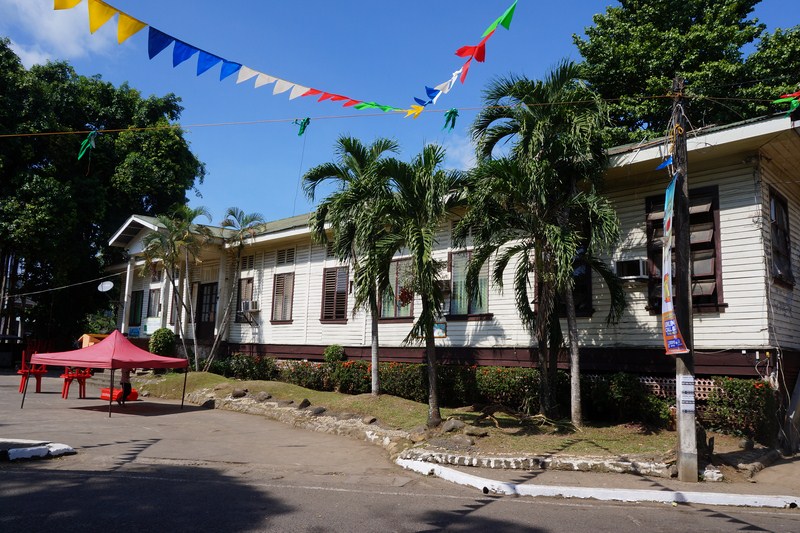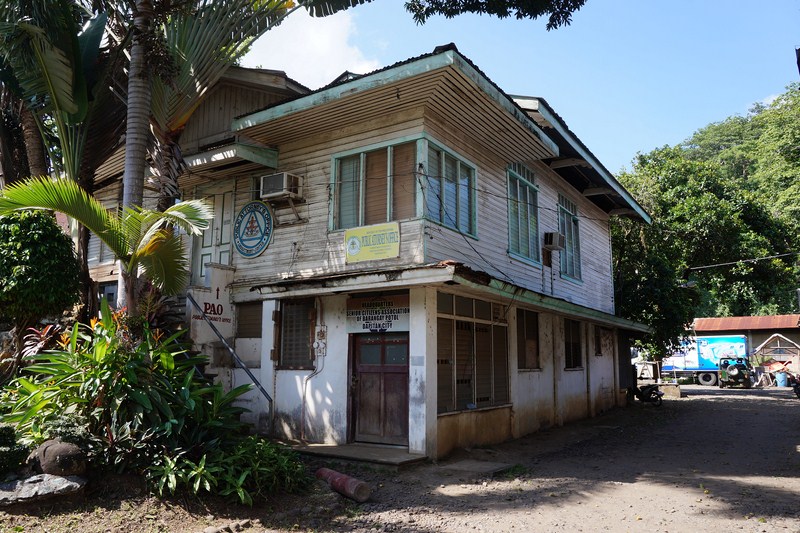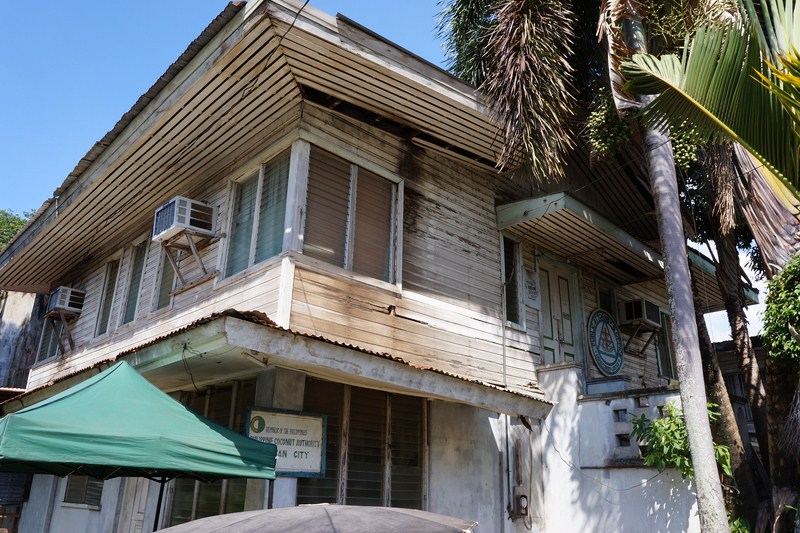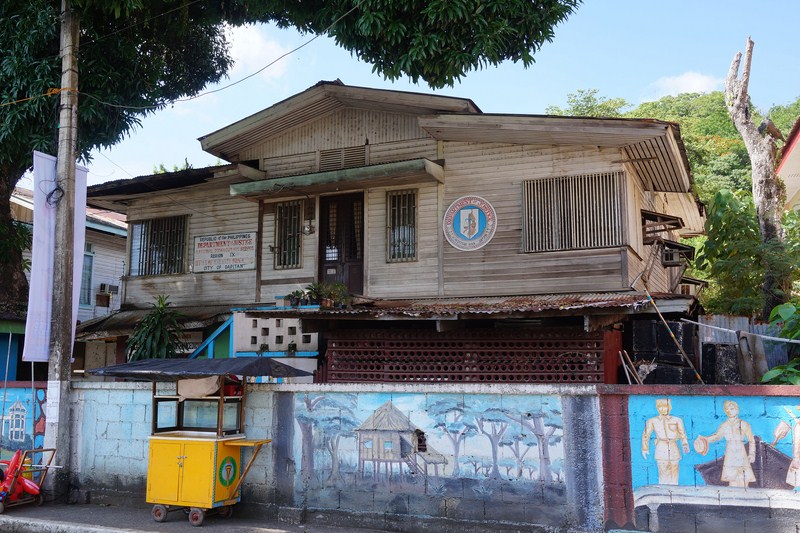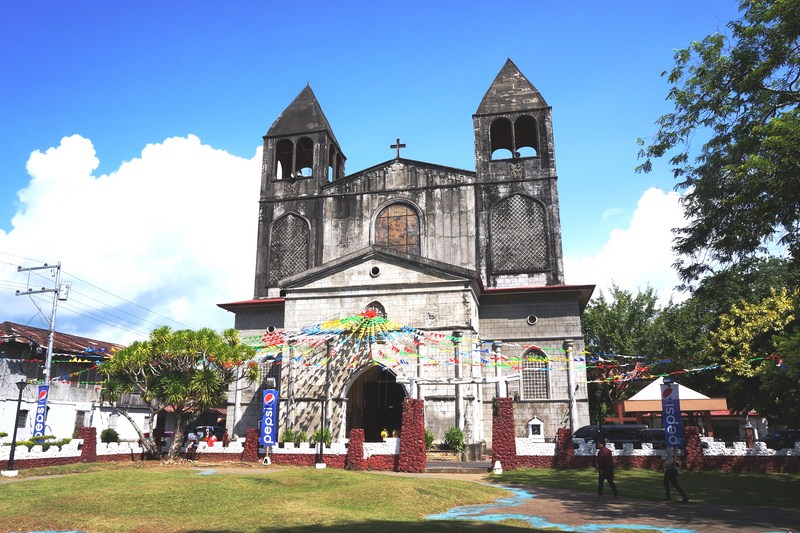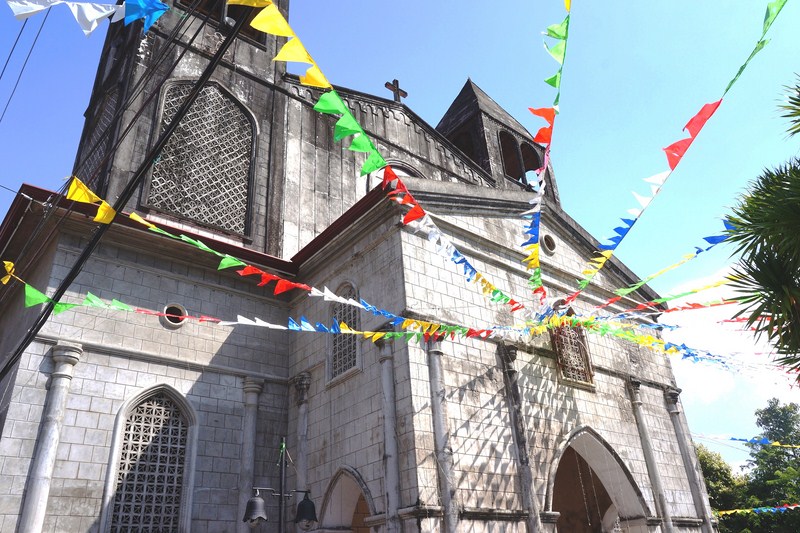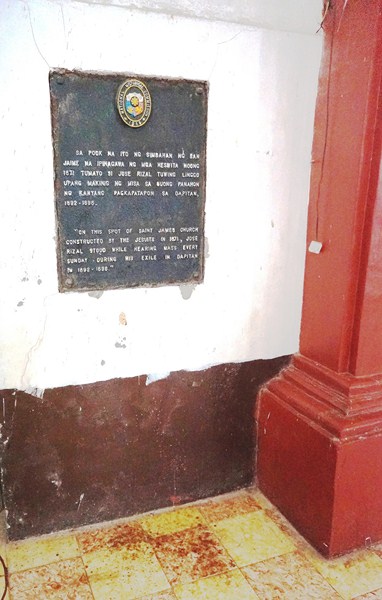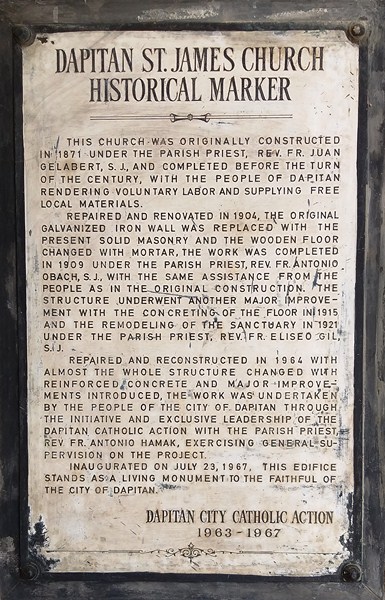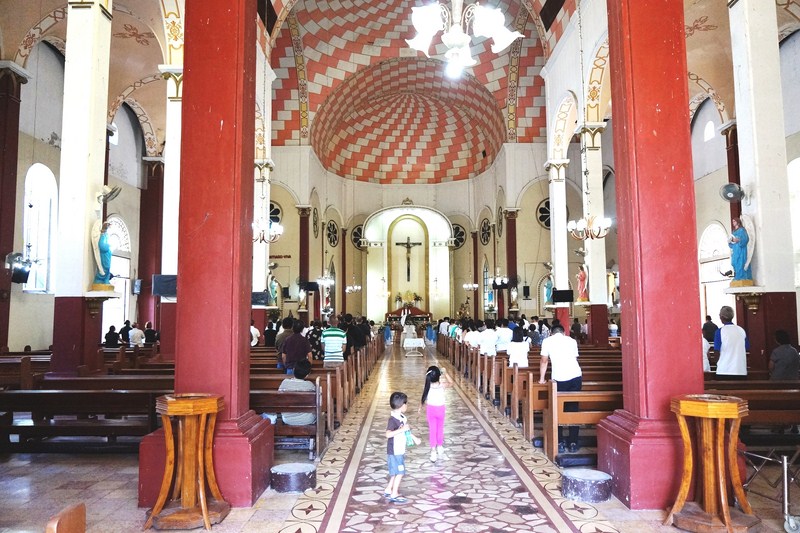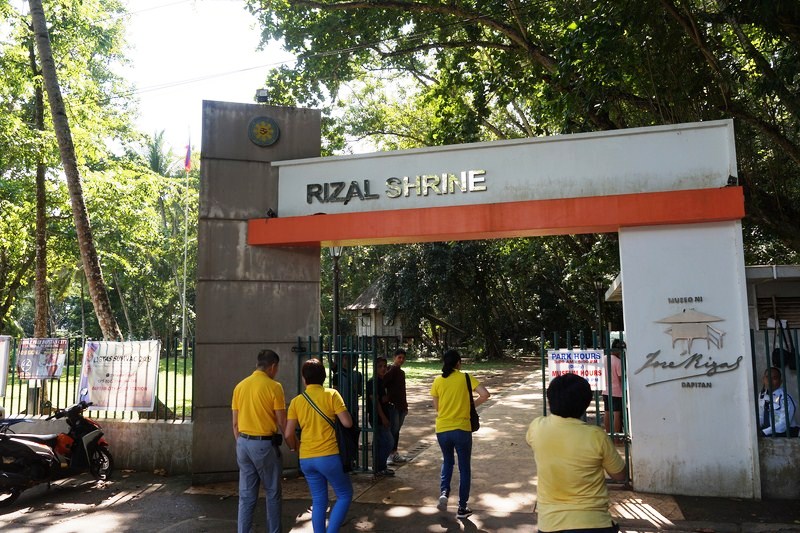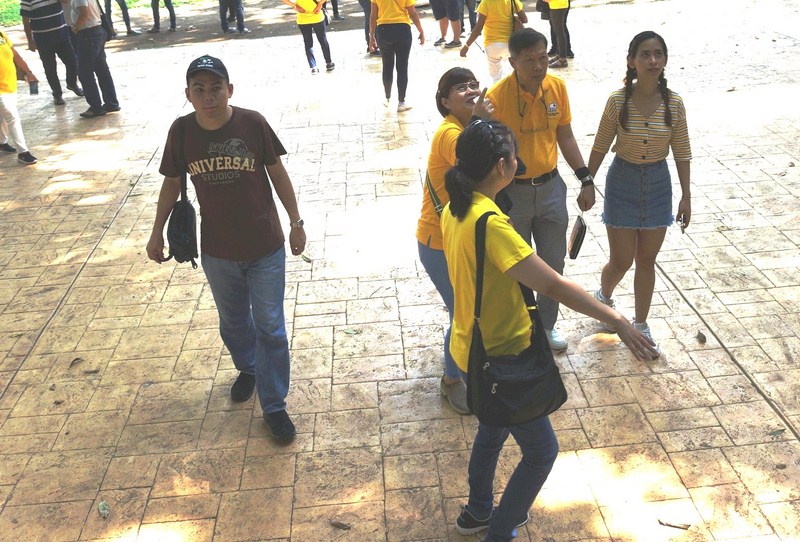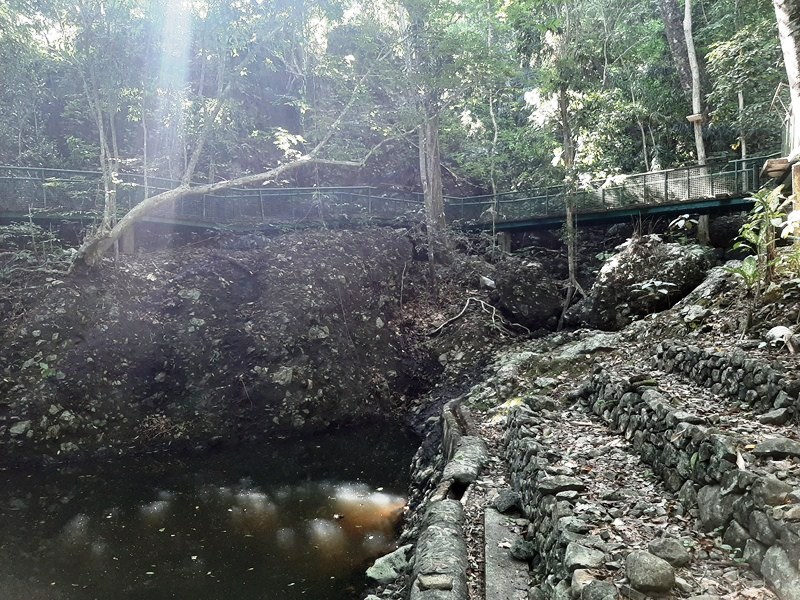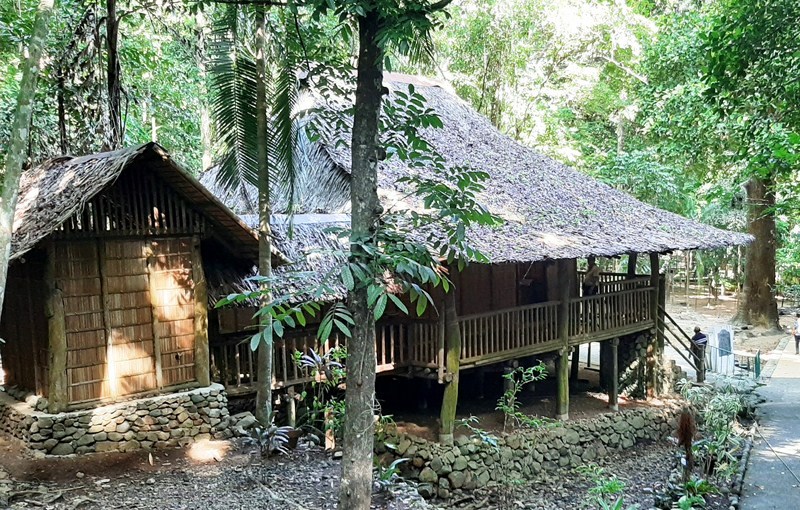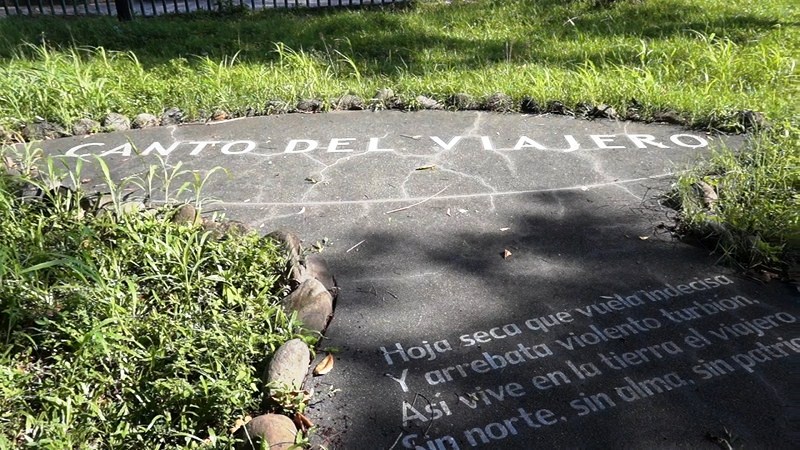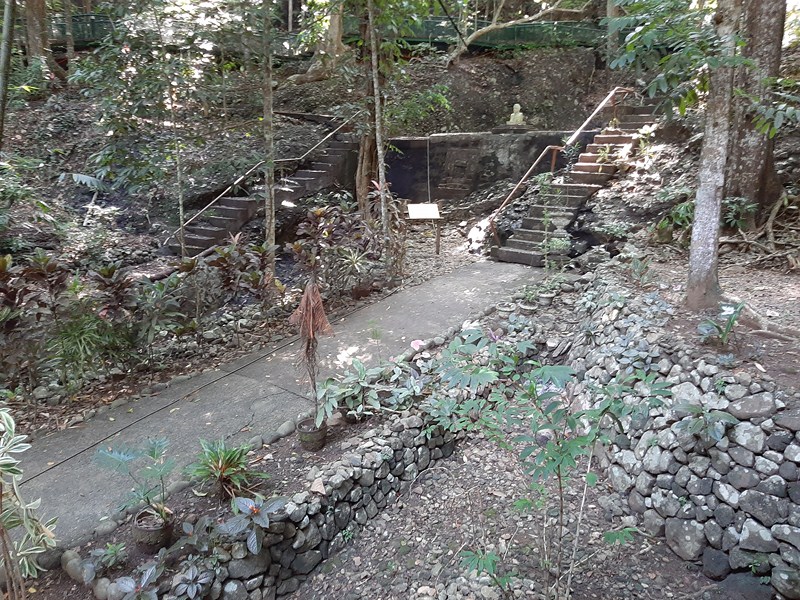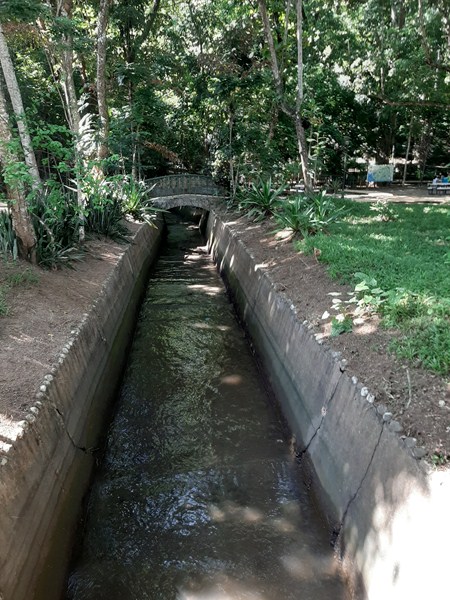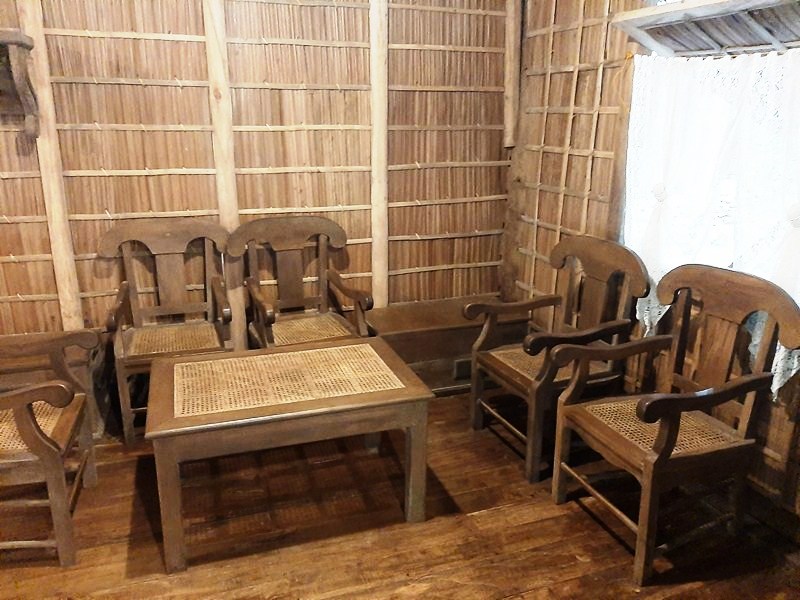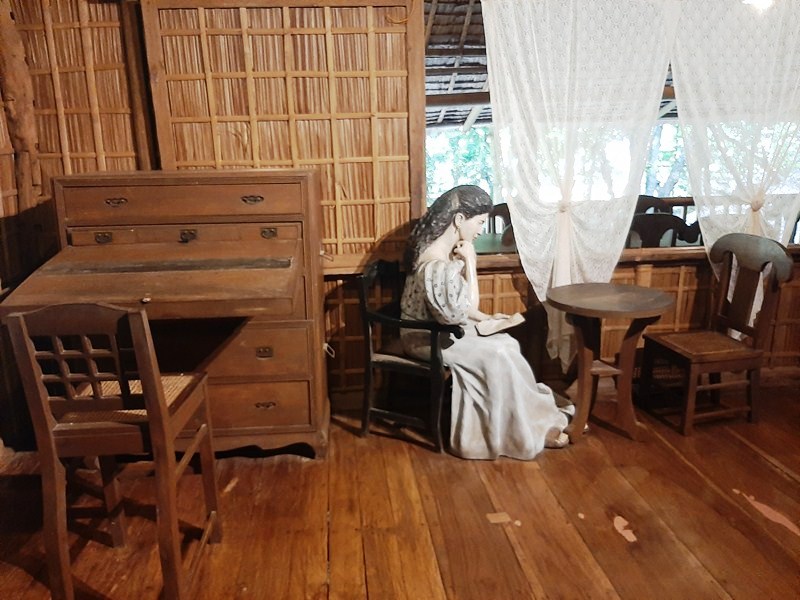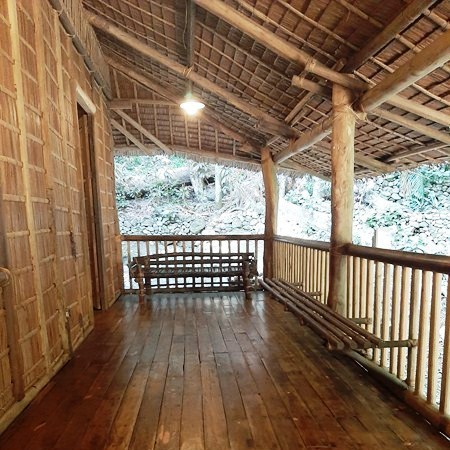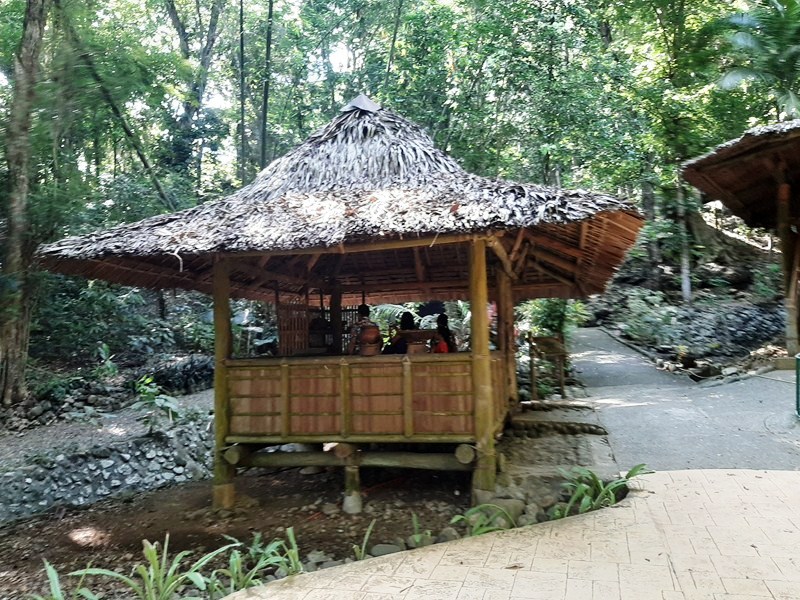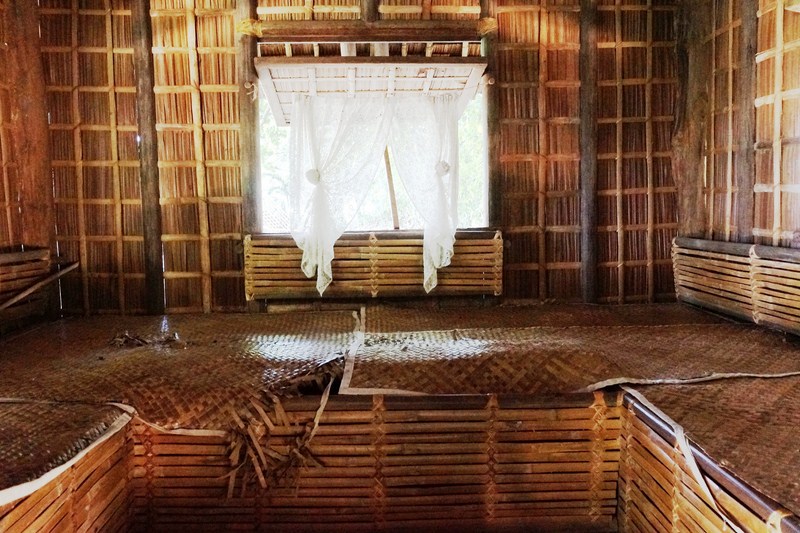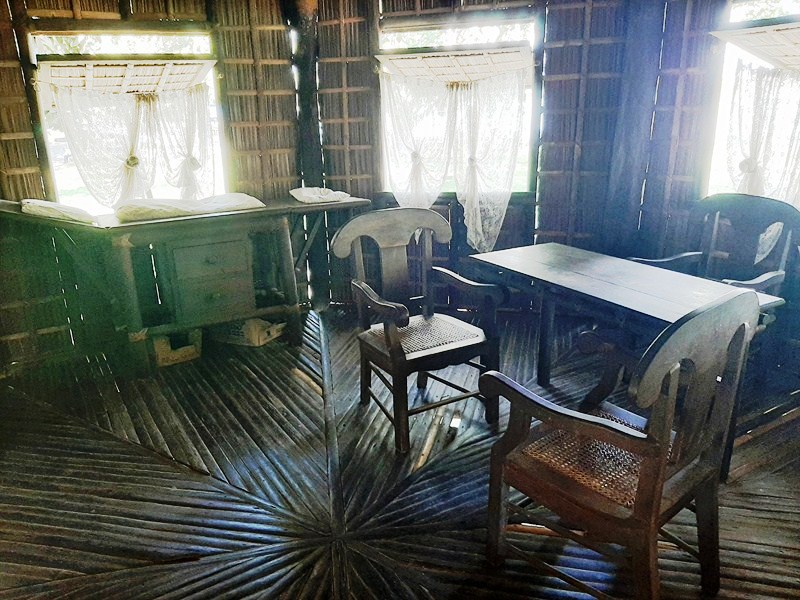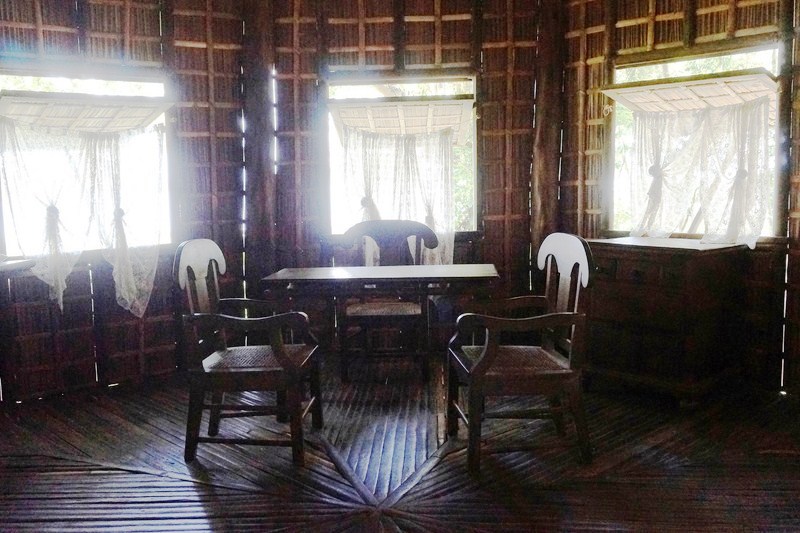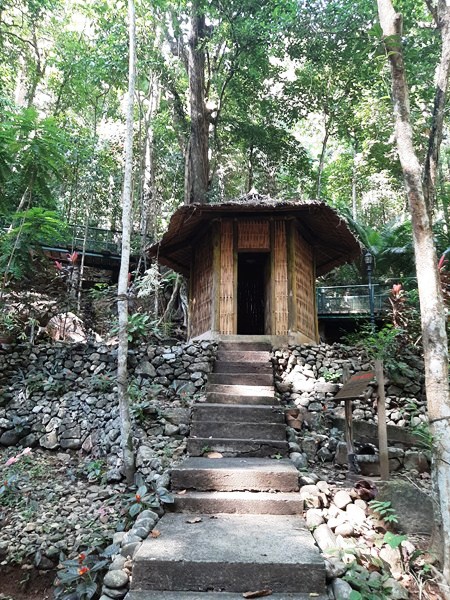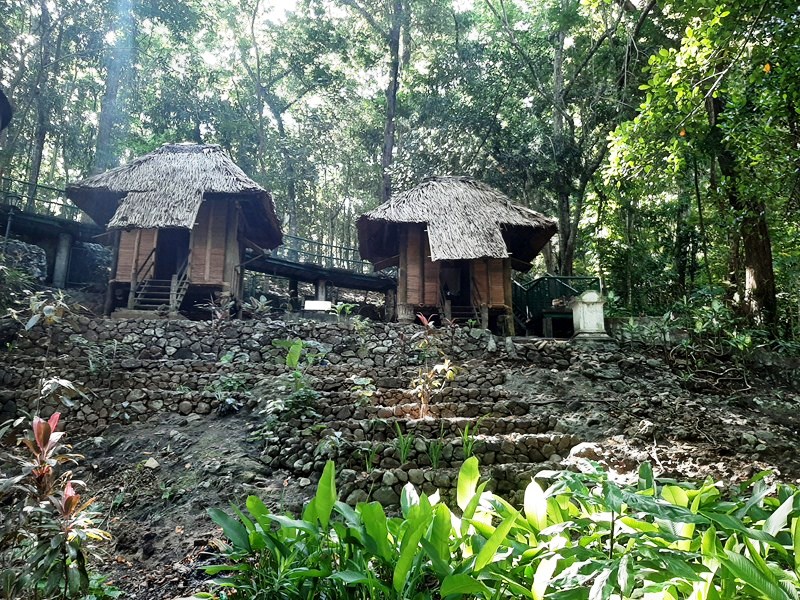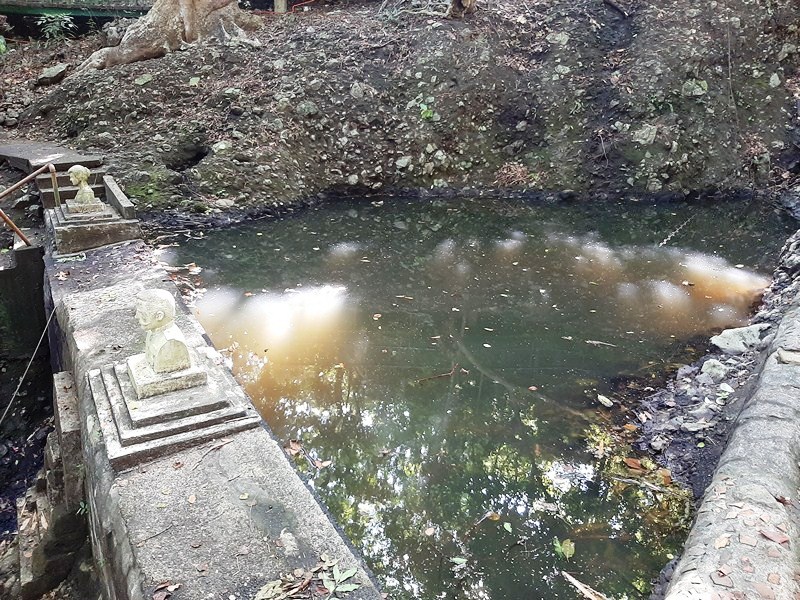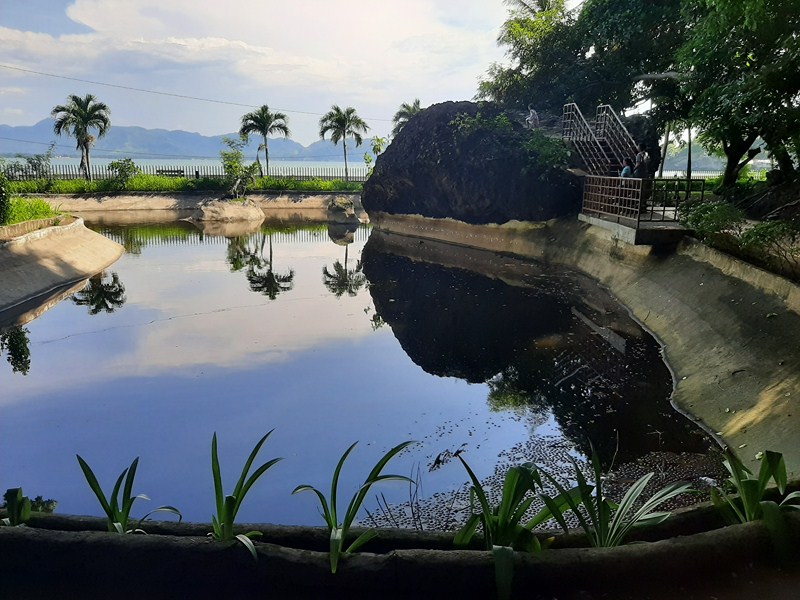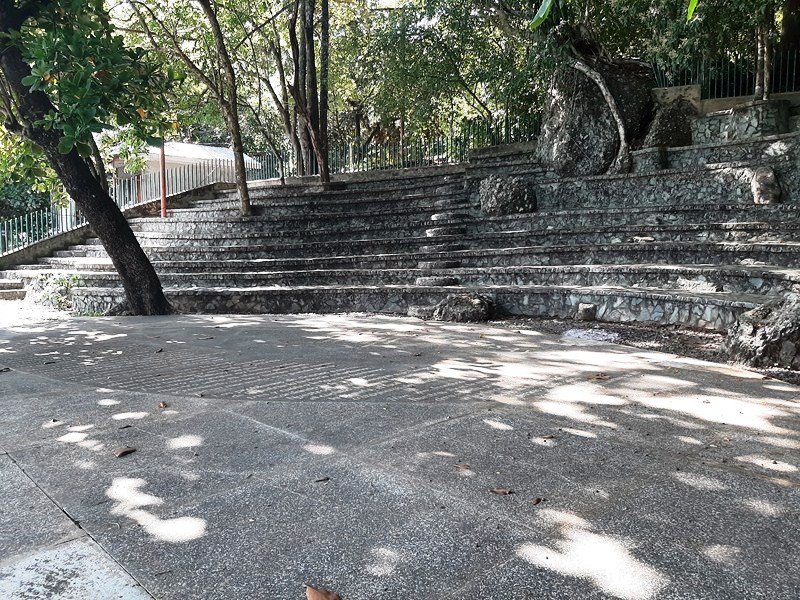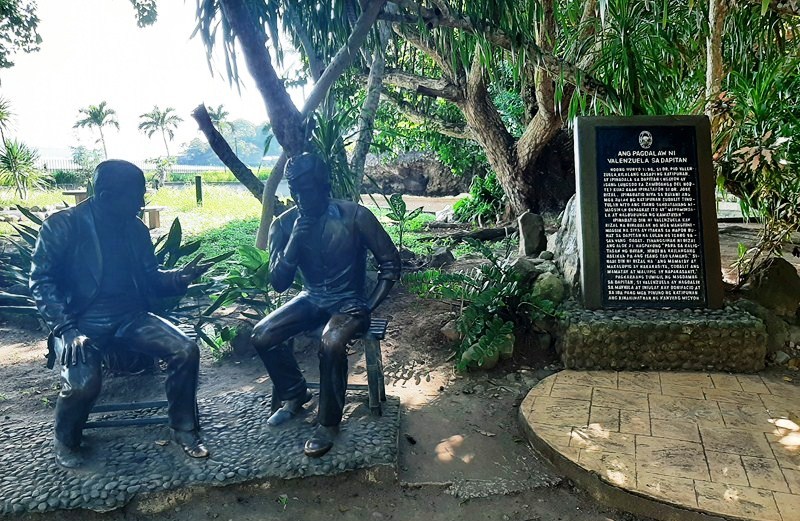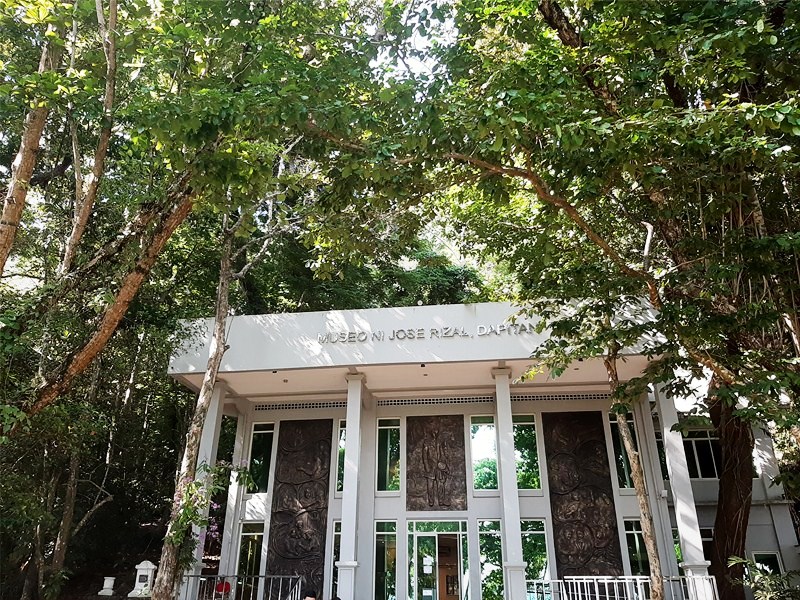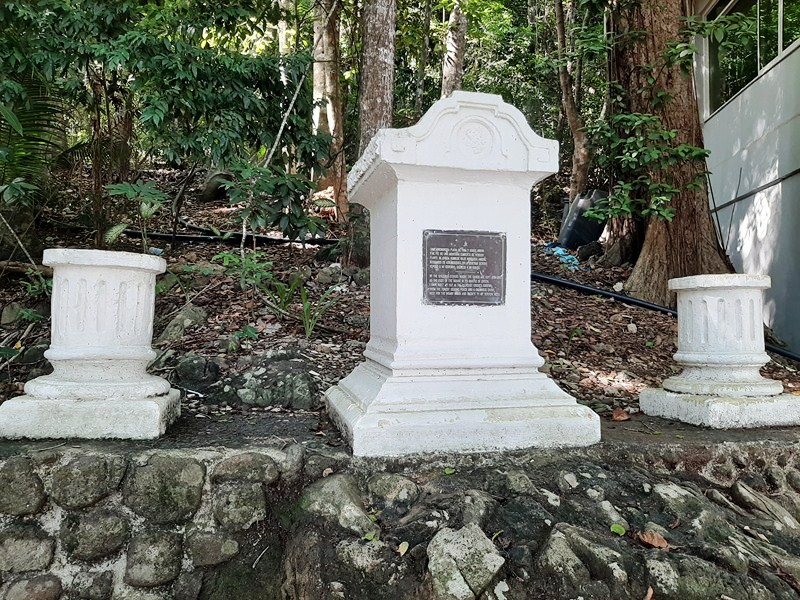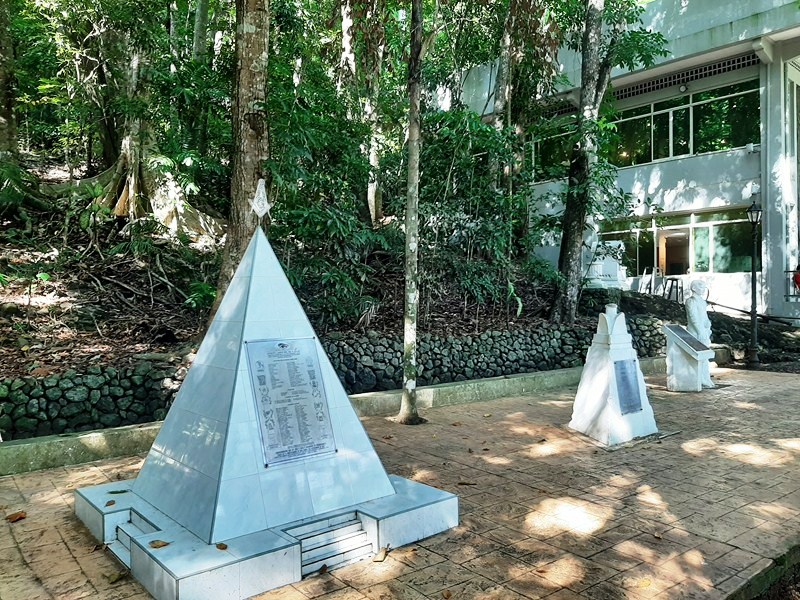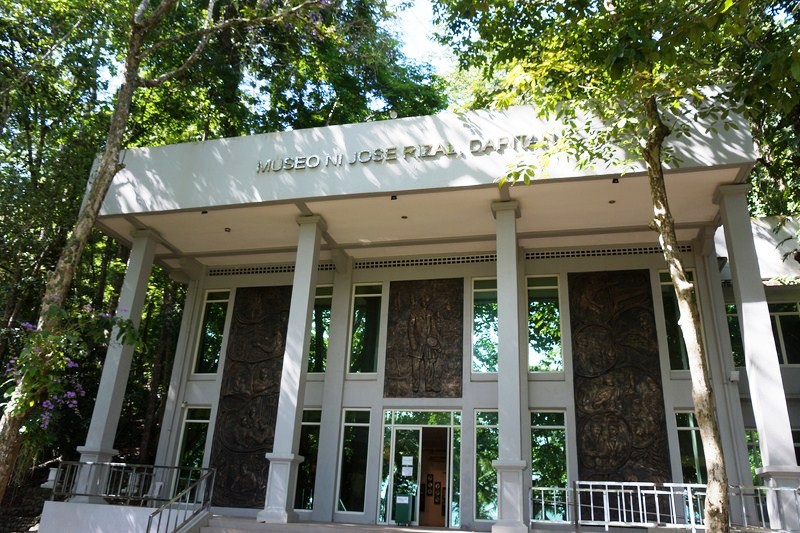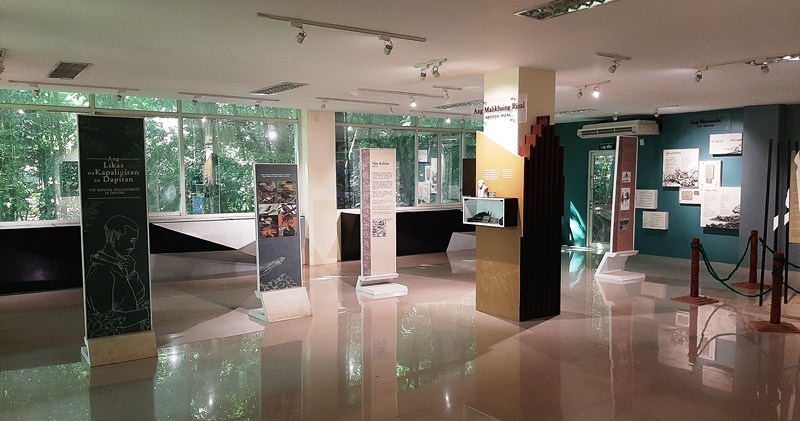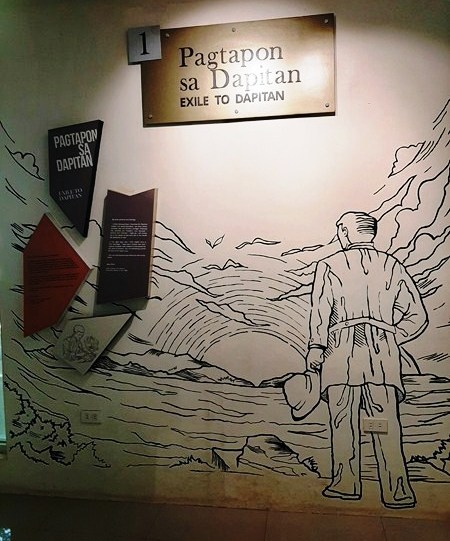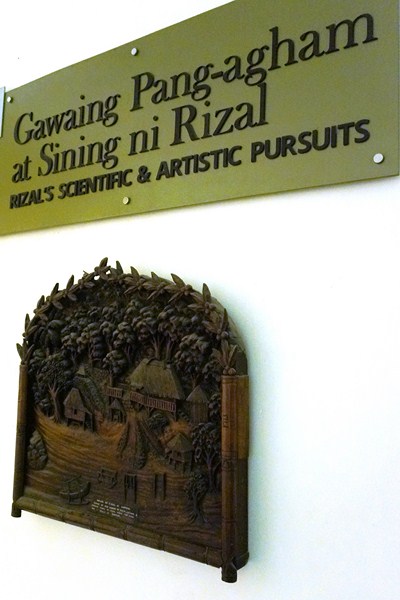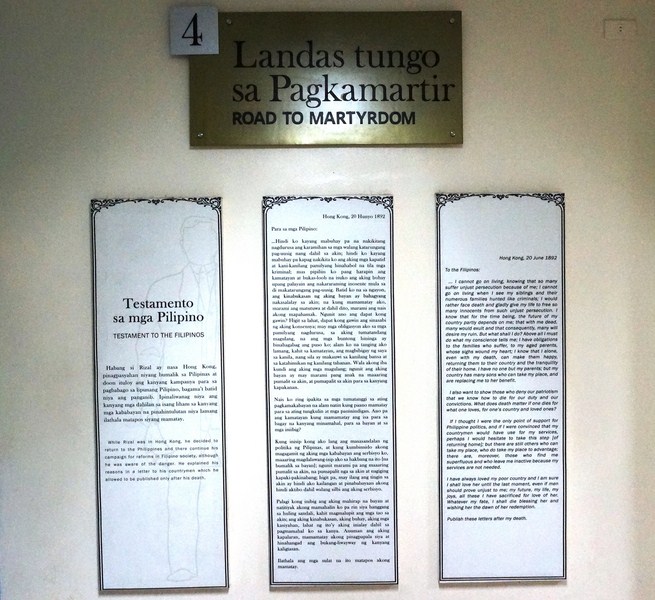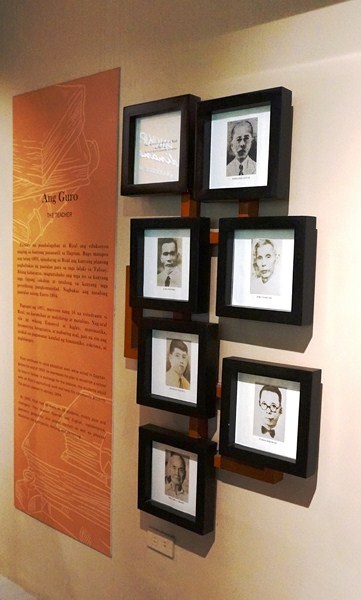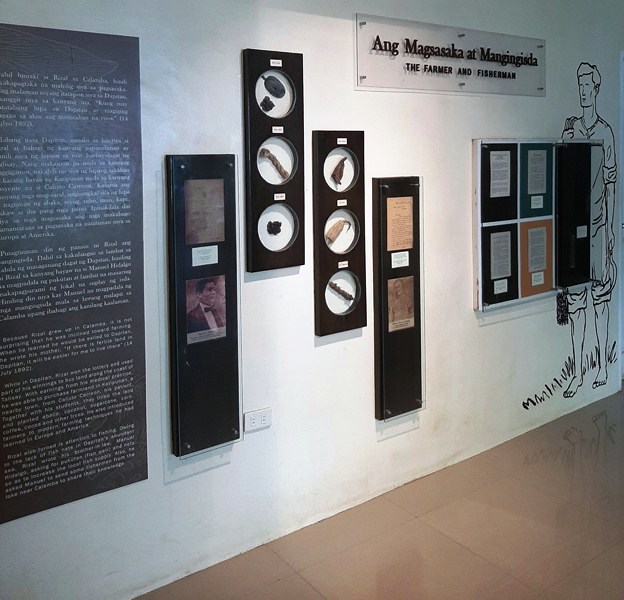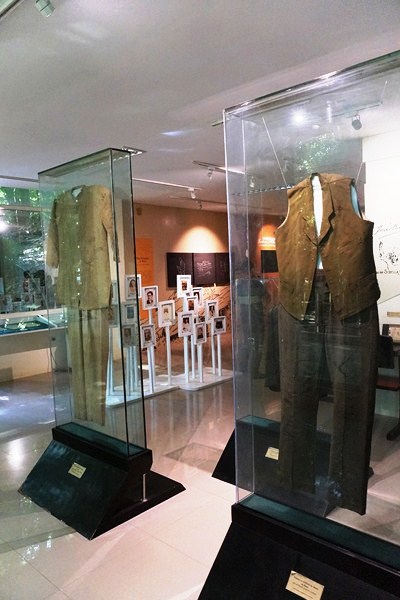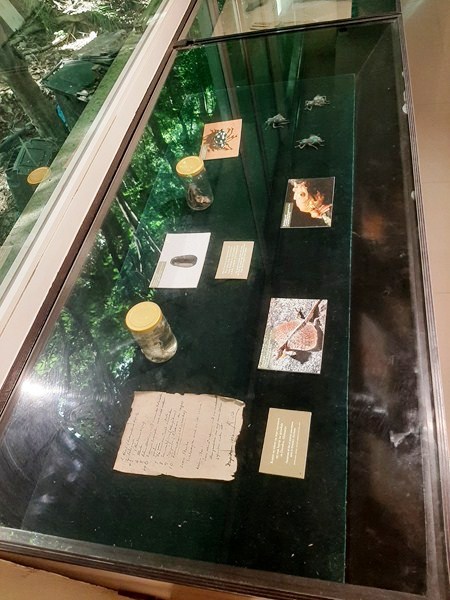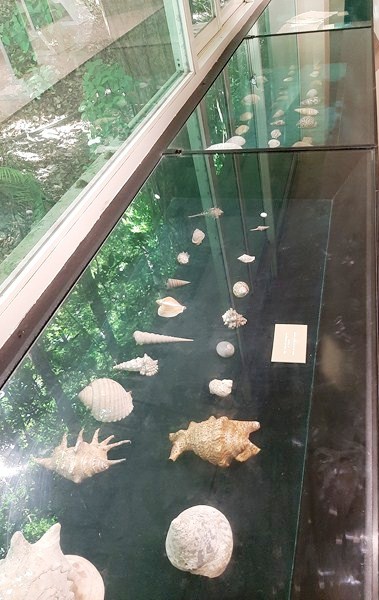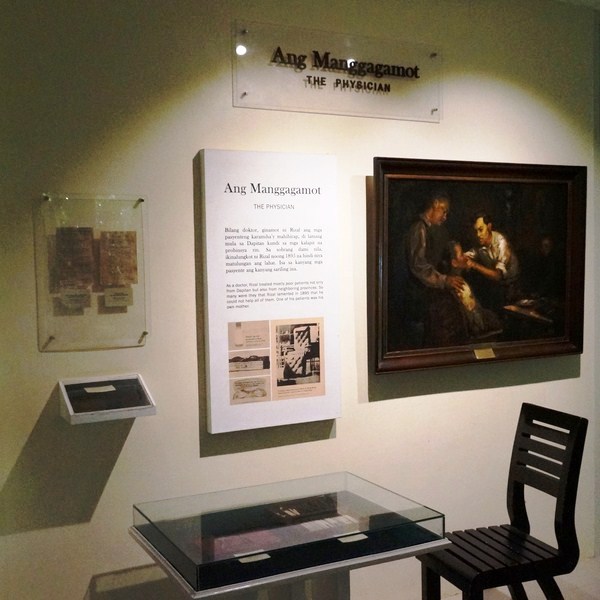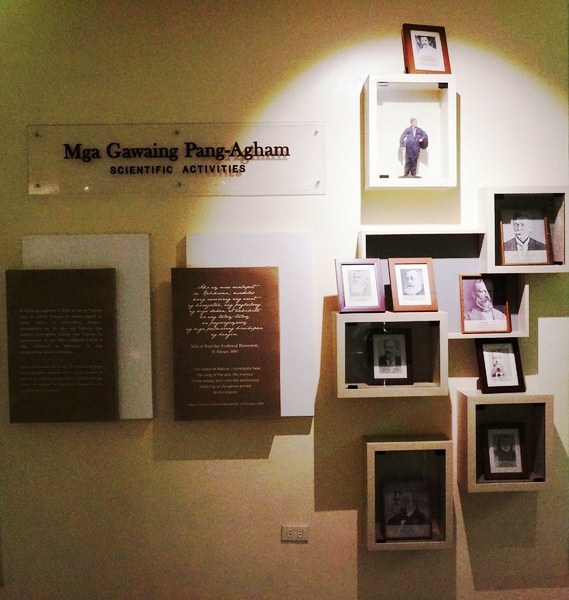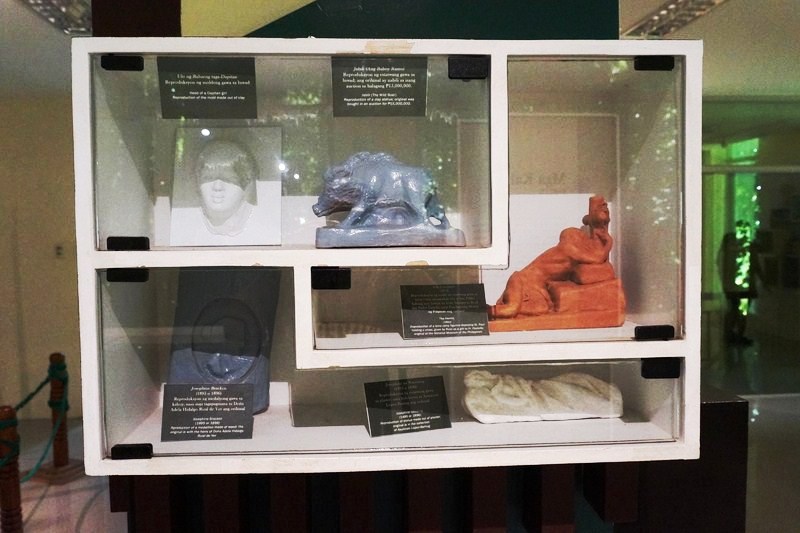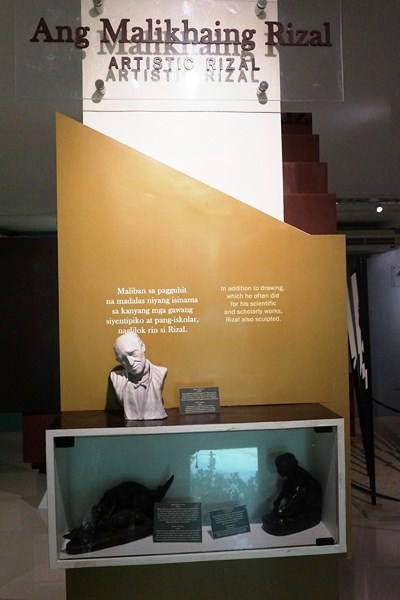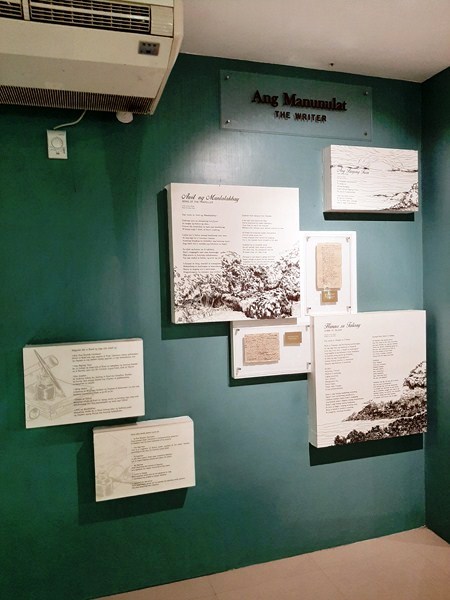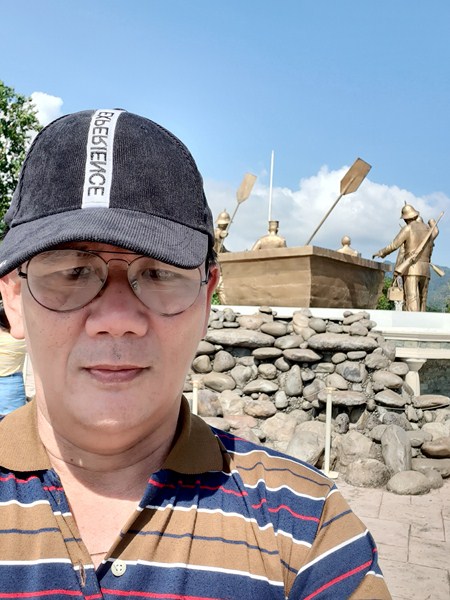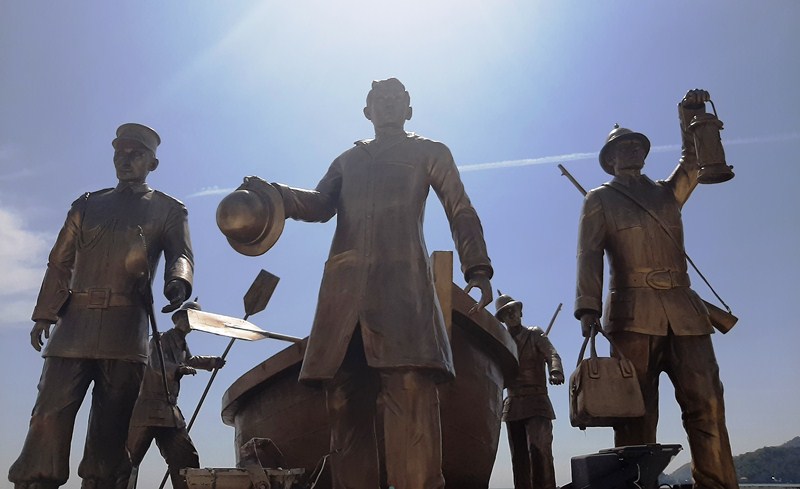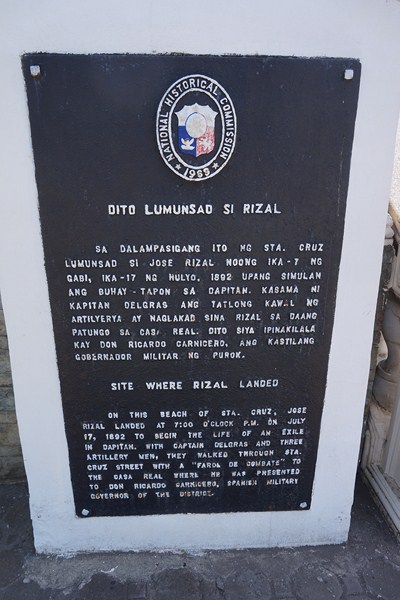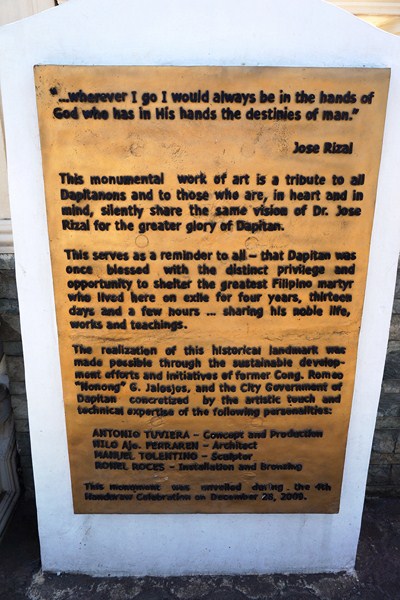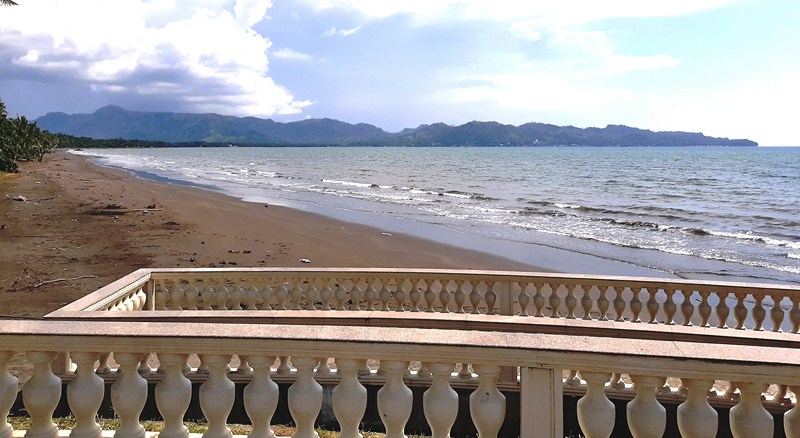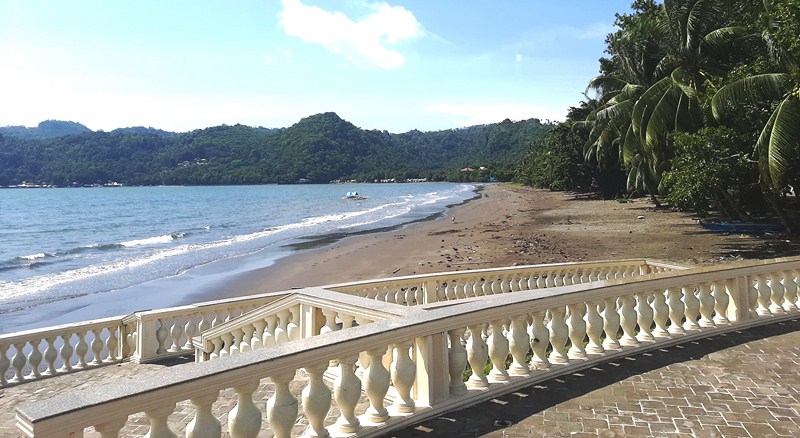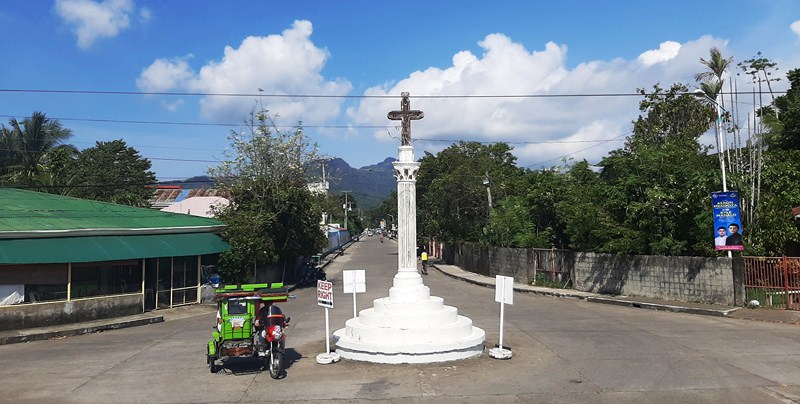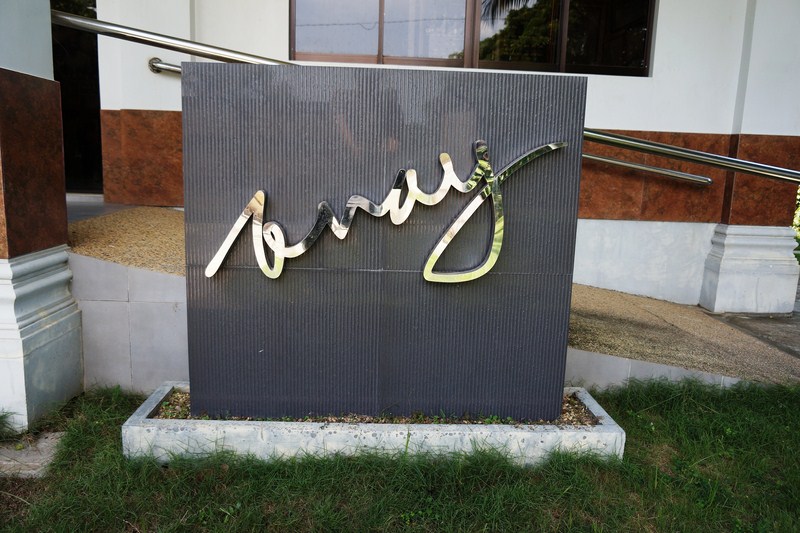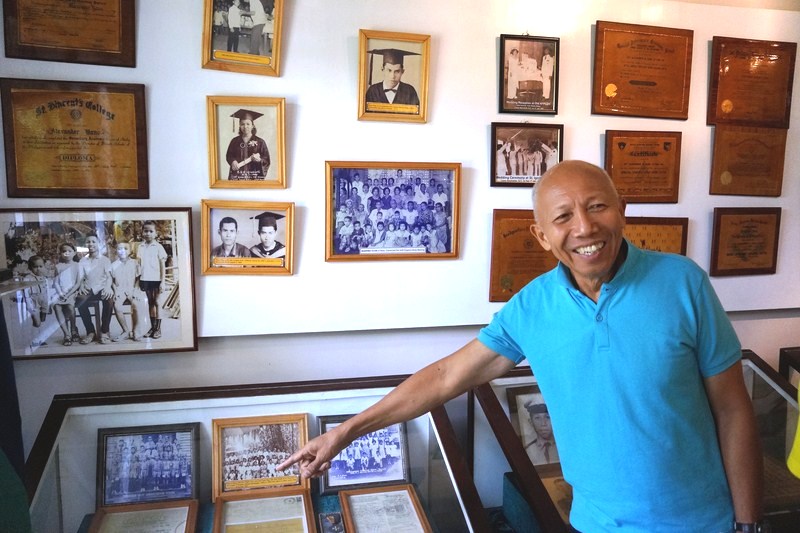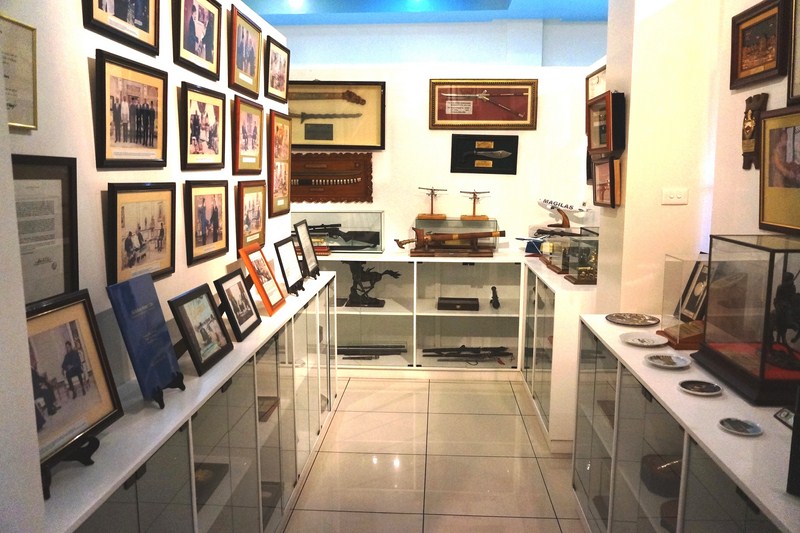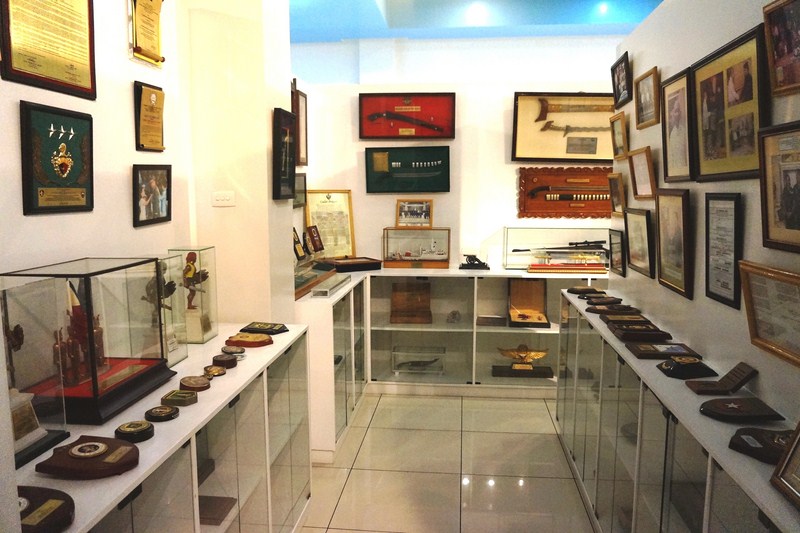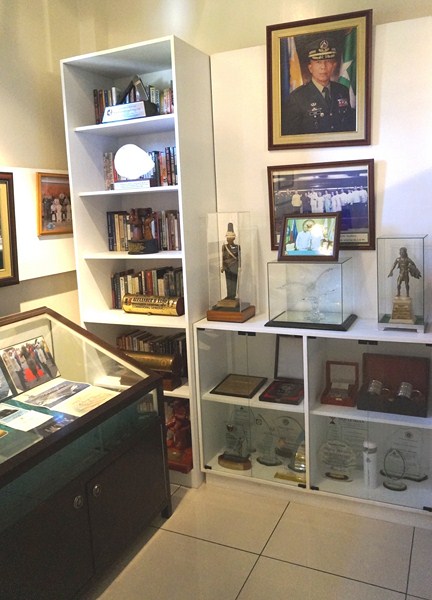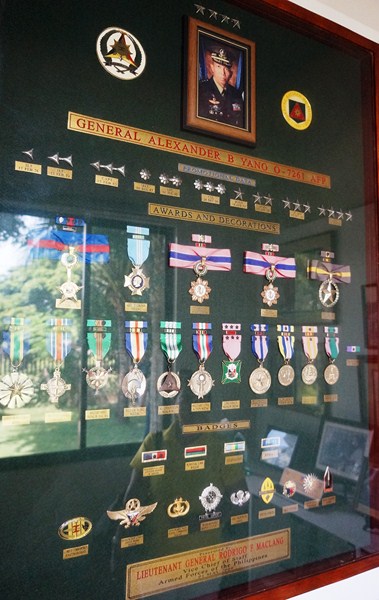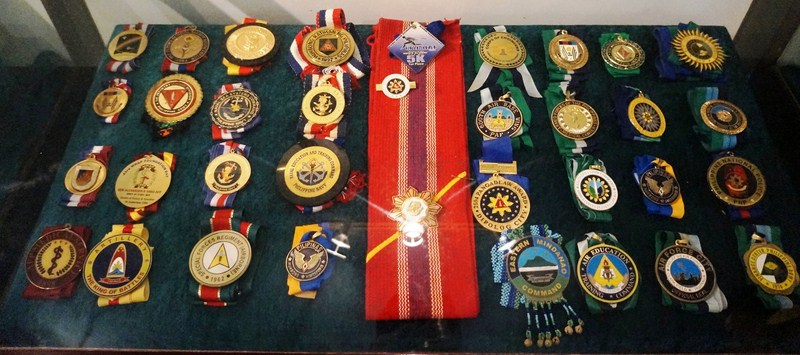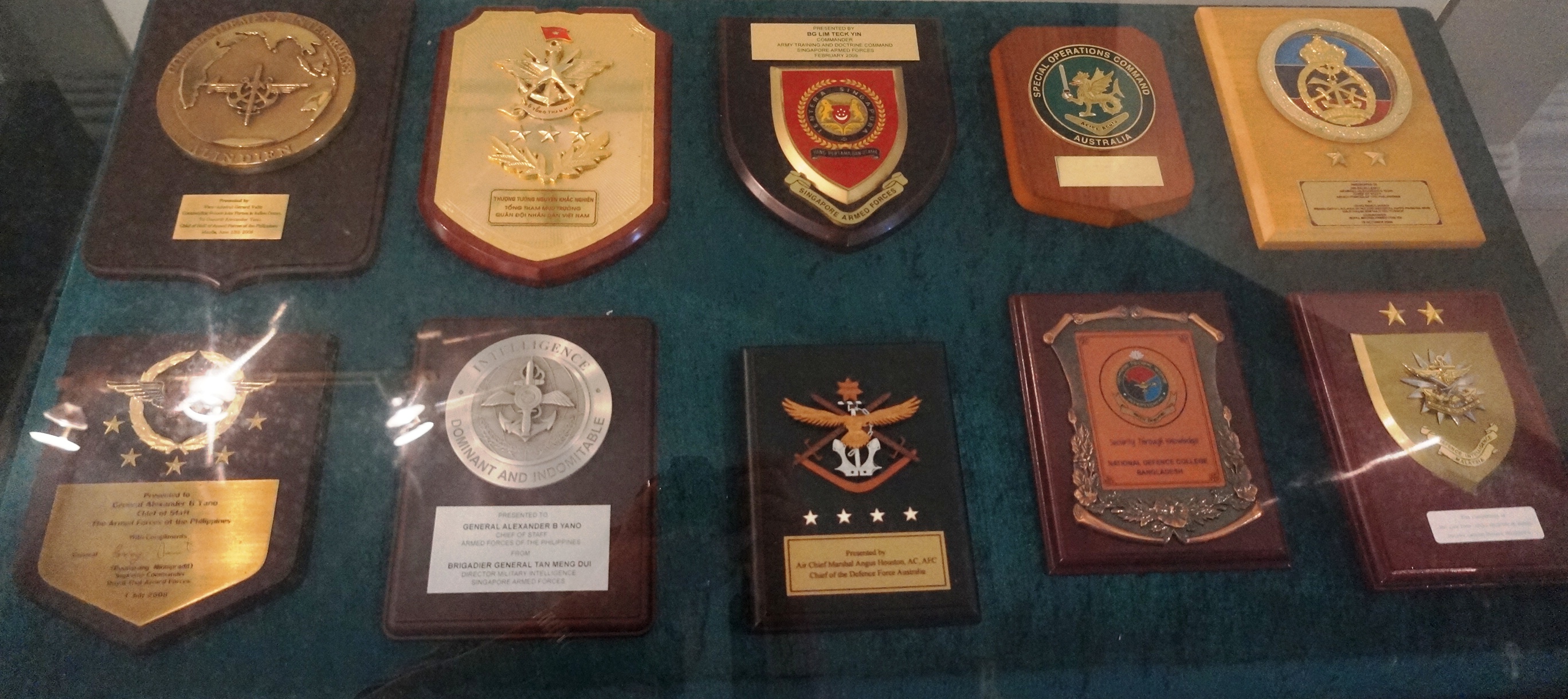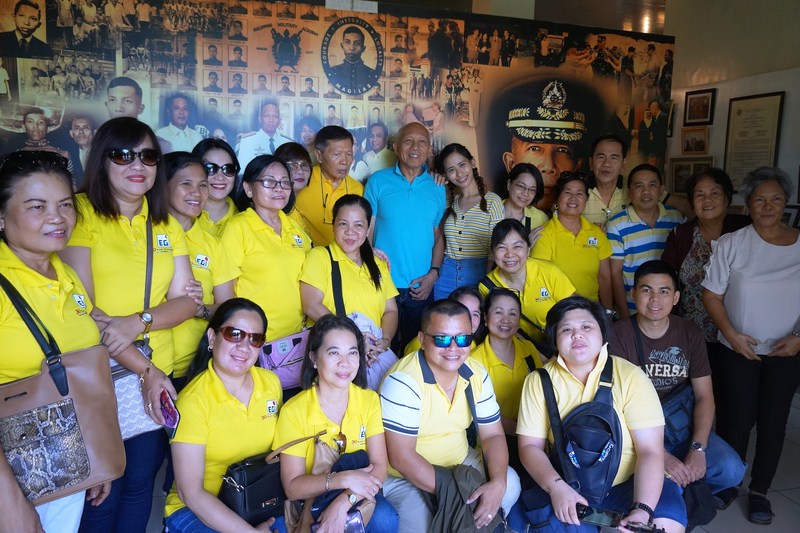Prior to returning from Dipolog to Manila, we made a stopover at the Montano Sardines Pasalubong Center for the now-famous, Spanish-style Montaño Sardines, one of the sought-after and bought pasalubong item in Dipolog City (the “Bottled Sardines Capital of the Philippines”).
Montaño Sardines, cooked in either vegetable (olive or corn) oil or in tomato sauce, with salt, peppercorns and slices of pickles and carrots, are packed and sold, in regular and spicy flavors, in clear glass jars weighing 228 gms, or 8.05 oz. Best eaten with still hot steamed rice along with any viand you fancy taking it with, it is also available in some of the leading grocery stores or supermarkets in major cities nationwide. Other than their famous sardines, they also have different types of products such as milkfish (bangus) variety in olive oil and white wine, Spanish chorizo, beef tapa, pork tocino, ginisang bagoong, fruit preserves, chicharon, fried peanuts and empanada.
It had its beginnings back in 1970 when Mr. Nicasio “Nick” Macias Montaño, then handling a budding construction business started, with the encouragement of her mother Doña Concepcion Macias Montaño, a single proprietorship that produces bottled sardines in different variants. In 1995, after the family-owned firm was incorporated, it was named Montaño Foods Corporation (MFC), the first manufacturer of bottled sardines in the country. In 1998, the firm bagged the Outstanding Countryside Investor of the Year, small-scale industries category, Philippine Chamber of Commerce and Industry (PCCI) Philippine Business Conference
Before the Department of Science and Technology’s (DOST) intervention, MFC only produced 10 to 20 cases of bottled sardines every month. But, after availing of the first phase of interventions, MFC significantly increased its production capacity.
With a SETUP-ISSF assistance amounting to Php 985,899, plus technology training and consultancies, MFC became a popular pasalubong brand in Dipolog City. On the second phase of interventions, another Php 1.9 million worth of financial assistance enabled the firm to acquire new technologies that further improved production efficiency and product quality.
Since then, the firm has generated a total of 75 local employments and, especially for the peak season, maintains a pool of on-call workers. Being a European Union (EU) Hazard Analysis and Critical Control Point (HACCP, a product control system for the food industry)-certified company, it was also able to penetrate the export market and, today, is now a multi-million enterprise.
In 2014, the firm produced 1,253 cases of sardines, recording a total gross sales of Php 2,025,420. Nicasion “Nick” Montano,his son, now serves as MFC’s president and manager. Lourdes Montaño -Madlambayan, Nick’s daughter, set up satellite offices in Manila. MFC supports the livelihood of local fishermen. Though there are now about 15 bottled sardines manufacturers in the city, MFC still commands 80% share of the local market.
Montaño Sardines Pasalubong Center: Martinez Village, Turno, Dipolog City, Zamboanga del Norte. Tel: (+63-65) 212 2737. Fax: (+63-65) 212-4376. E-mail: sardines_mfc@yahoo.com.

